Well this is an announcement that I didn’t expect from Frederique Constant -its the world premiere of their new Slimline Monolithic Manufacture – 40Hz.
Well, what is it about? Here, have a look at this:

That dear friends, is the “Monolithic oscillator”, made of silicon and beating at an unprecedented pace of 288,000 vibrations per hour, or 40 Hz, which is ten times faster than a typical mechanical watch at 4Hz. You might remember another brand who created something like this – Zenith – who was the first to introduce a similar silicon oscillator that came in at a beat rate of 18Hz or 129,600 vibrations per hour.

Well, that innovation blew the minds of the watch world when it was introduced, with the high beat rate and the visual spectacle of the oscillator’s vibration on the dial. Well it seems now that Frederique Constant will be writing the second chapter of this type of technology, bettering the raw speed of the former (40Hz vs 18Hz) and coming with a few more advantages.
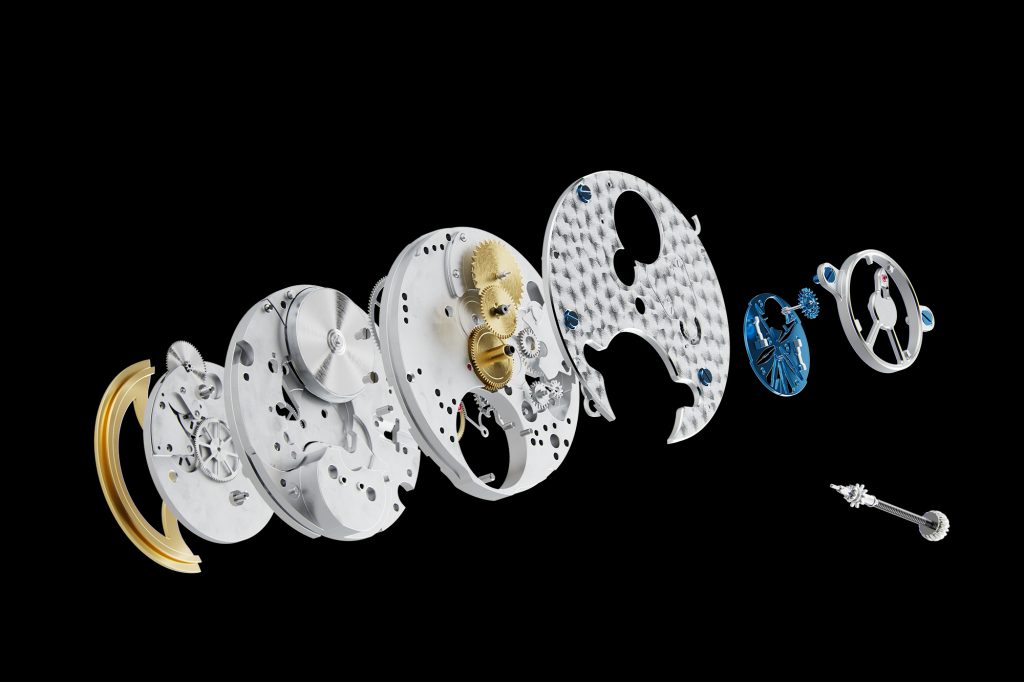
For one thing, the silicon oscillator of the Frederique Constant is smaller. While the Zenith one was a mesmerising sight to behold, it did basically occupy the entire dial, which did limit the possibility of dial side complications. The Frederique Constant one however is the size of a typical escapement at 9.8mm diameter x 0.3mm thick, which means that it could be placed into any of the brand’s current watches easily and quickly, and with less compromise to available or future complications.
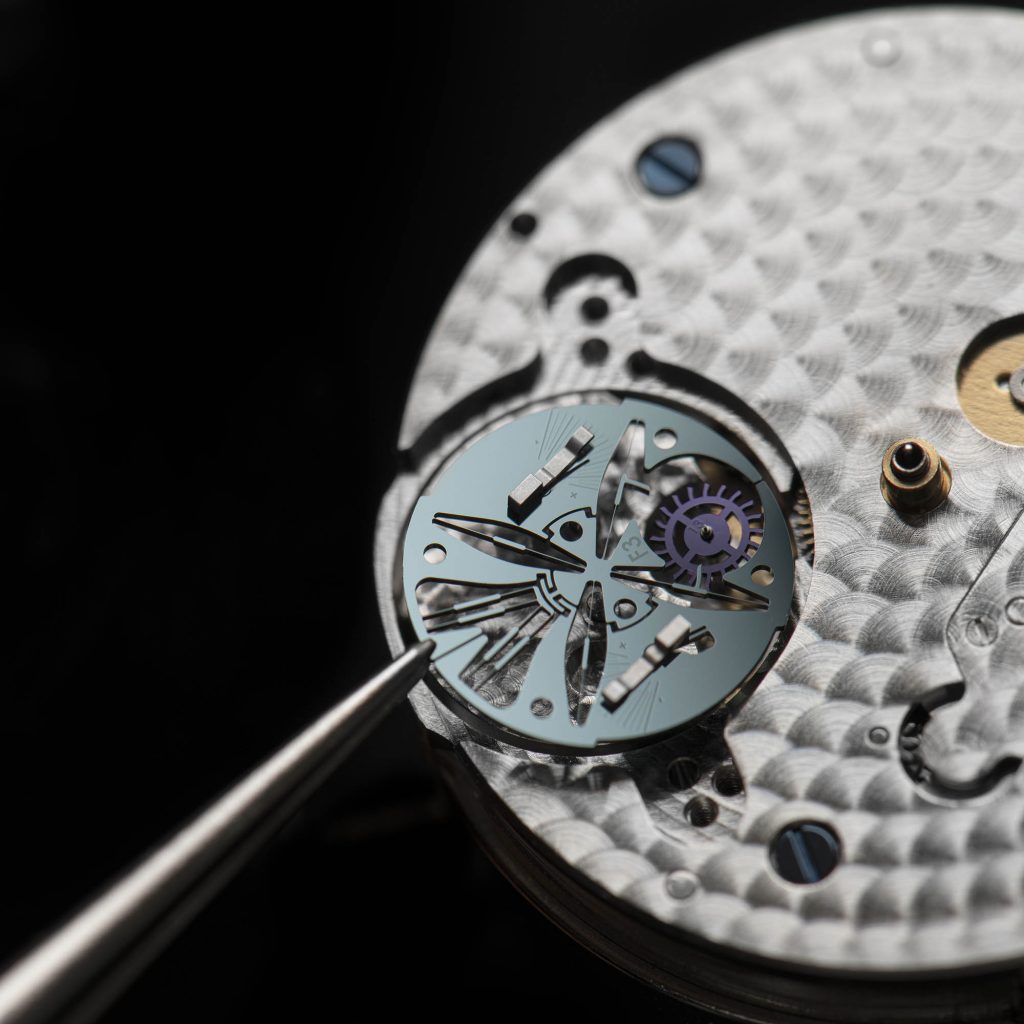
The next significant difference is the power reserve with the Frederique Constant Monolithic oscillator allowing 80 hours versus the 50 hours of the Zenith. The difference might be on account of the lower mass of the Frederique Constant one, even as there are already significant gains from the lower friction of the silicon used.
Now you might be wondering how this innovation came about? Well the answer was due to an encounter three years ago, between Peter Stas, co-founder and former CEO of Frederique Constant, and Dr Nima Tolou, founder and CEO of Flexous, an independent innovative horology-oriented technology branch of YES!Delft, a leading Dutch tech incubator specialising in compliant or flexible mechanisms.

That initial meeting led to Frederique Constant commissioning Flexous to come up with a unique, flexible oscillating system with specific technical requirements such as – a size comparable to that of a traditional balance; the highest possible frequency; an 80-hour power reserve; and a cost-effective formula allowing the manufacture of significant quantities at a reasonable price.
Now compliant materials have been used in watchmaking before in special instances such as the Constant Escapement by Girard-Perregaux and even in non-oscillator parts of a watch such as in the Aquanaut Travel Time Ref. 5650G “Patek Philippe Advanced Research”. In the latter, a compliant mechanism in stainless steel was created that could be used to engage the dual time functions of the watch. (read more about this at the link below.)
The advantages of compliant mechanisms are many. They allow complex operations to be achieved with a single part, which can be made industrially and to high precision. Designed using the properties of the material in question, it can be shaped to tolerences that allow specific areas to bend in places and remain rigid in others. Research is being done in compliant mechanisms for all sorts of technological applications. For instance in space exploration where the possibility of parts reduction leads to lighter payloads, and also in situations of extreme temperature environments, where a compliant mechanism made of a single material can be more reliable and robust than an equivalent mechanism with many parts.
The Monolithic Oscillator in the Slimline Monolithic Manufacture takes advantage of these benefits, replacing the 26 components of a standard assortment with a single component fitted with two regulation weights like that of a traditional free-sprung balance, that allows easy fine tuning of the beat rate of the in-house calibre FC-810 in which it sits.
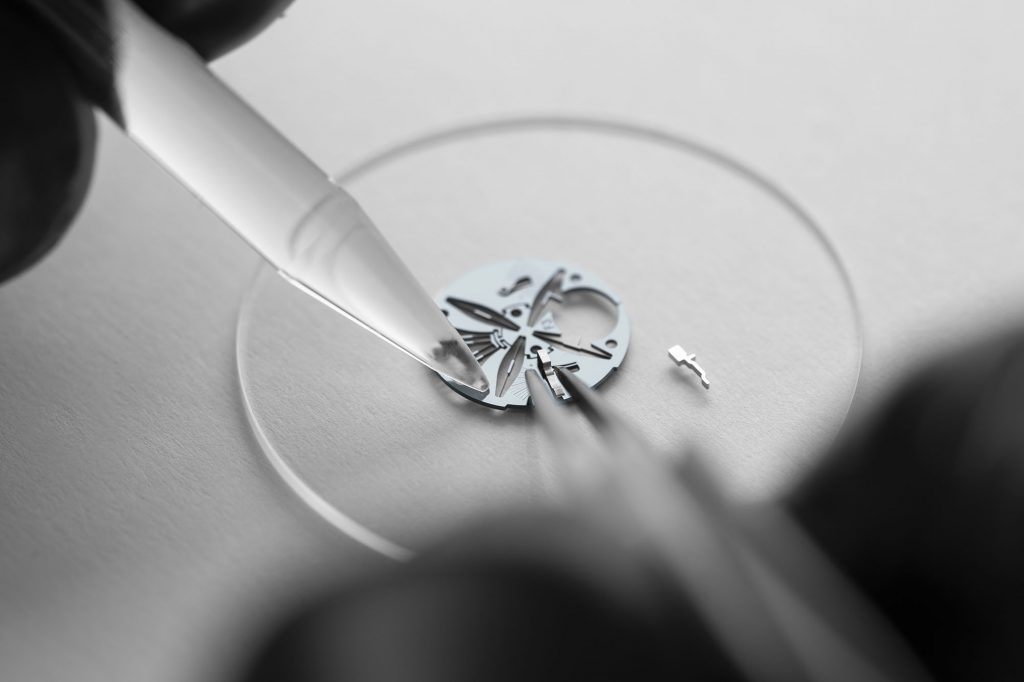
Not only that, the anchor system is also part of it in the flexures, helping to keep all the functions on one thin silicon layer.
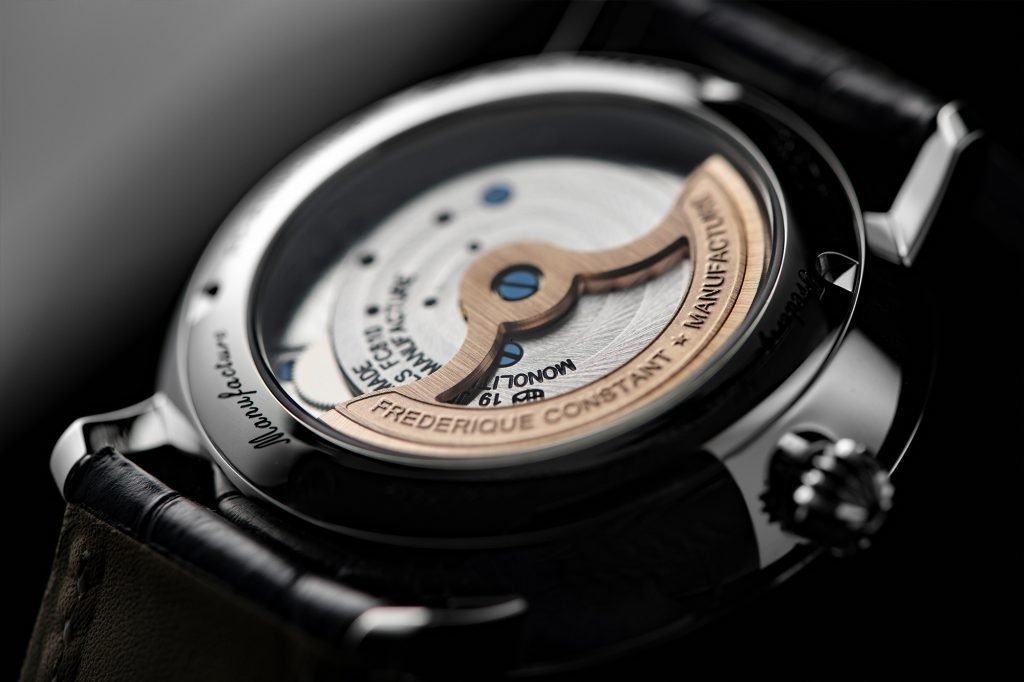
Of course in all this, I need not remind you of the the benefits of silicon itself as part of a high performing watch component. It is after all resistant to magnetism and temperature fluctuations, less sensitive to gravity, and up to four times lighter than a regular assortment, meaning a savings in power used.
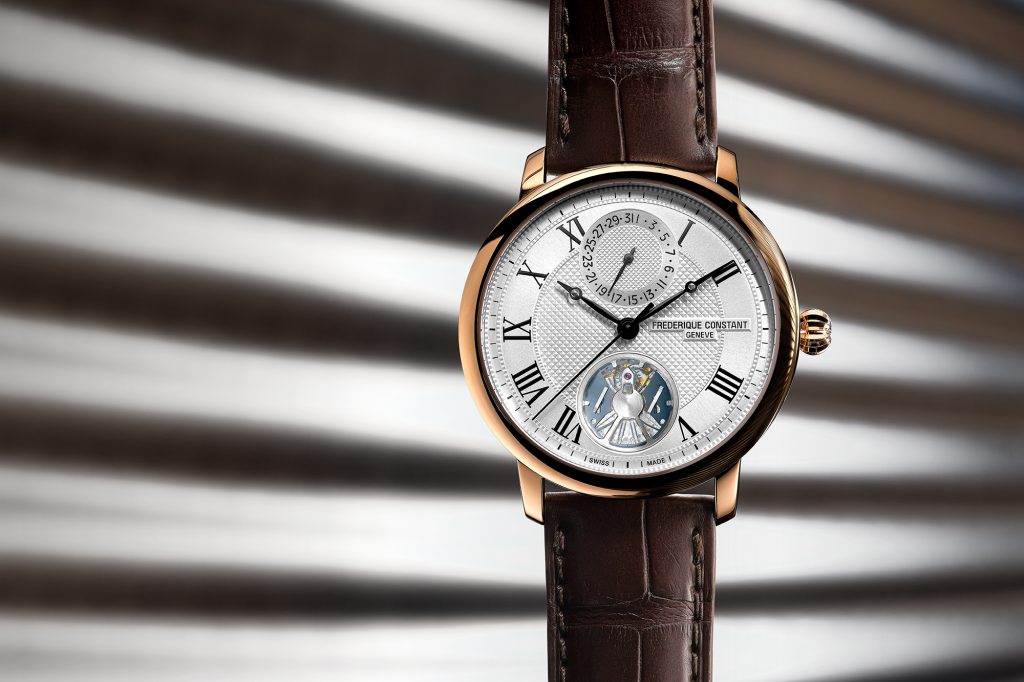
It’s nice to see that the new oscillator is placed the way it is in the launch pieces, in the same position of a typical escapement in the brand’s signature Open Heart watches – at the 6 o’clock position. Of course, given how the new Monolithic Oscillator is essentially a new type of heart for the brand, it makes sense to place it front and centre on the dial.
Lastly, being a more classically oriented brand, with roman numerals and guilloche in the centre, the watches will also come with the brand’s signature pointer date complication at the 12 o’clock position, a nice counterpoint to the Monolithic Oscillator that is the star of the show.
The inital launch watches comes in three limited edition variations, with a blue dial one in stainless steel (810 pieces) at 4995 Euro, and two silver dial ones with the first available in stainless steel (810 pieces) at 4995 Euro and the second more exclusive one with an 18K rose gold case (81 pieces) at 14,995 Euro.
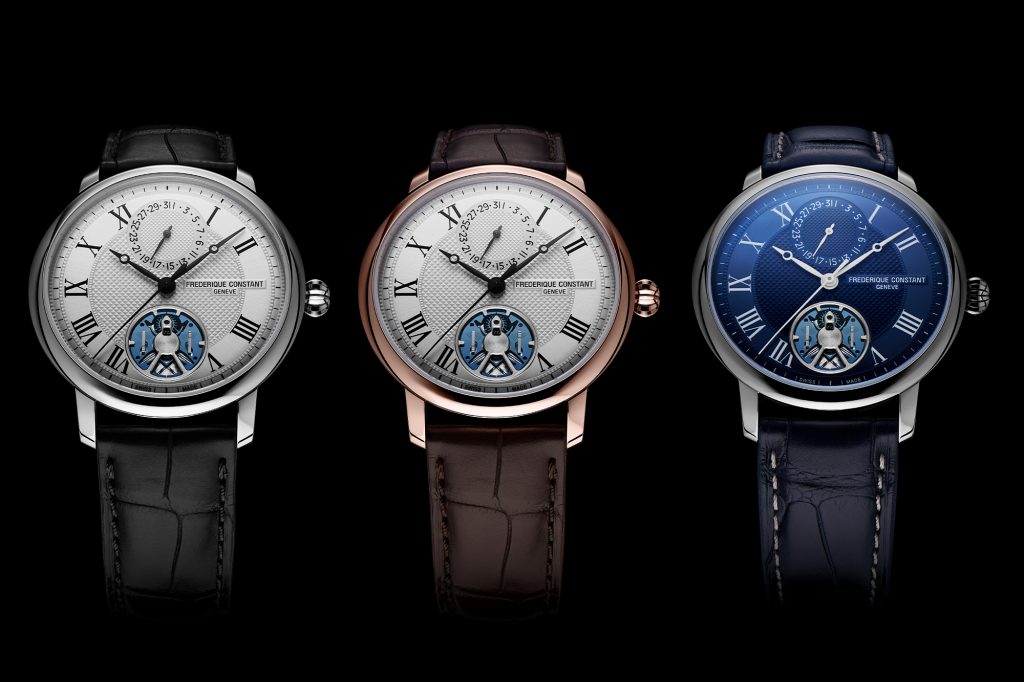
These are reasonable asking prices for what you’re getting and they certainly show the brand’s commitment to accessible luxury. It’s also nice to see the brand stepping up to offering more full gold cases instead of gold plated ones. But I guess its easy to be convinced to do this given what this watch achieves. This is technological leapfrogging like we’ve rarely seen and coming from a brand that I didn’t expect.
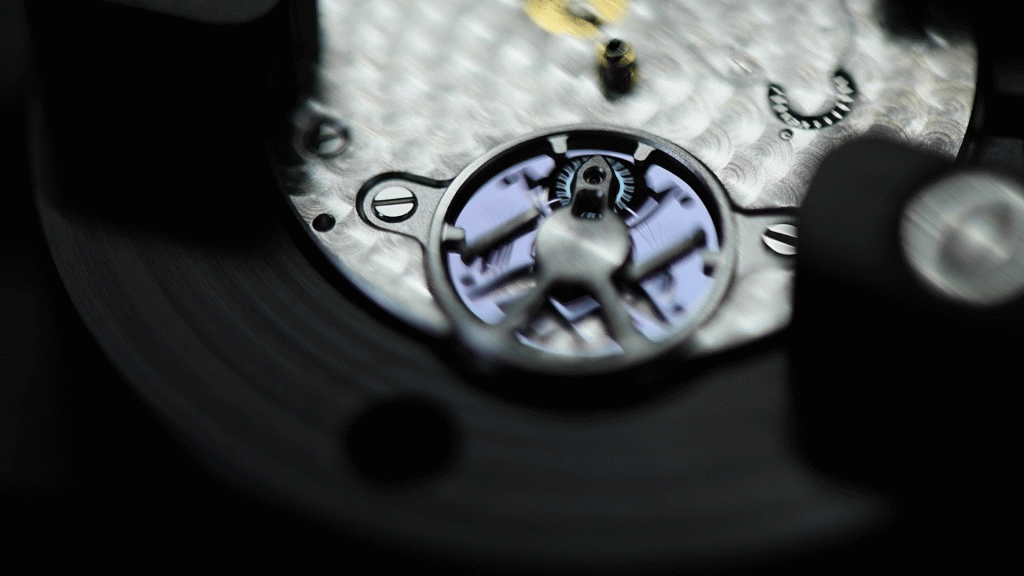
For me, it’ll be exciting to see how this new oscillator will be integrated into future Frederique Constant watches and if the rest of the watch industry responds with advances of their own in this direction. For now, I’m waiting for a sample piece to come to me, where I’ll experience it for myself and let you know if it the Monolithic Oscillator will live up to its claims.
Look out for my thoughts on an actual piece this April!



